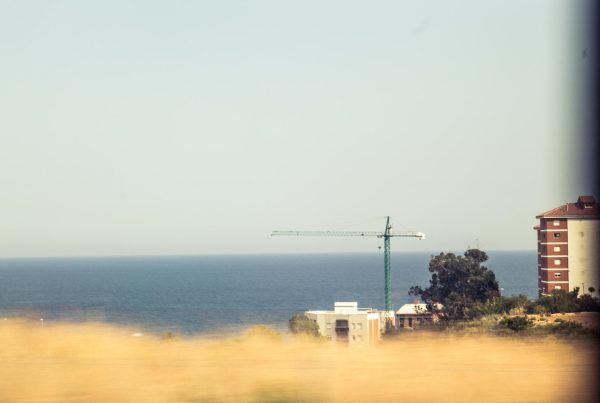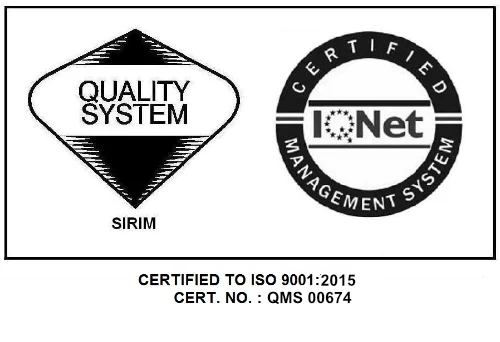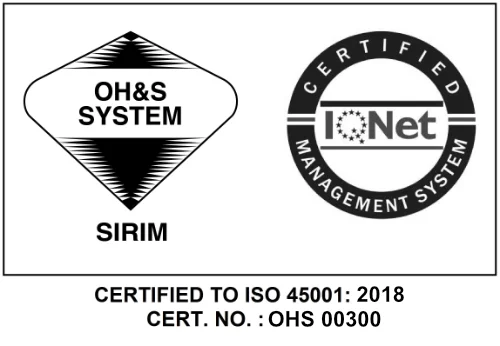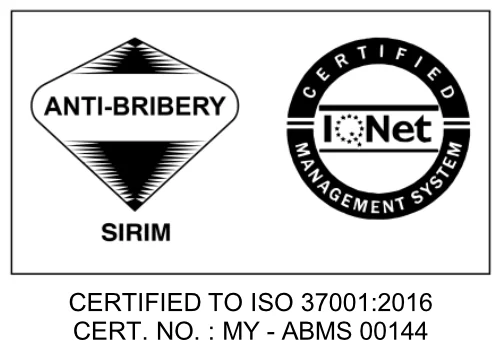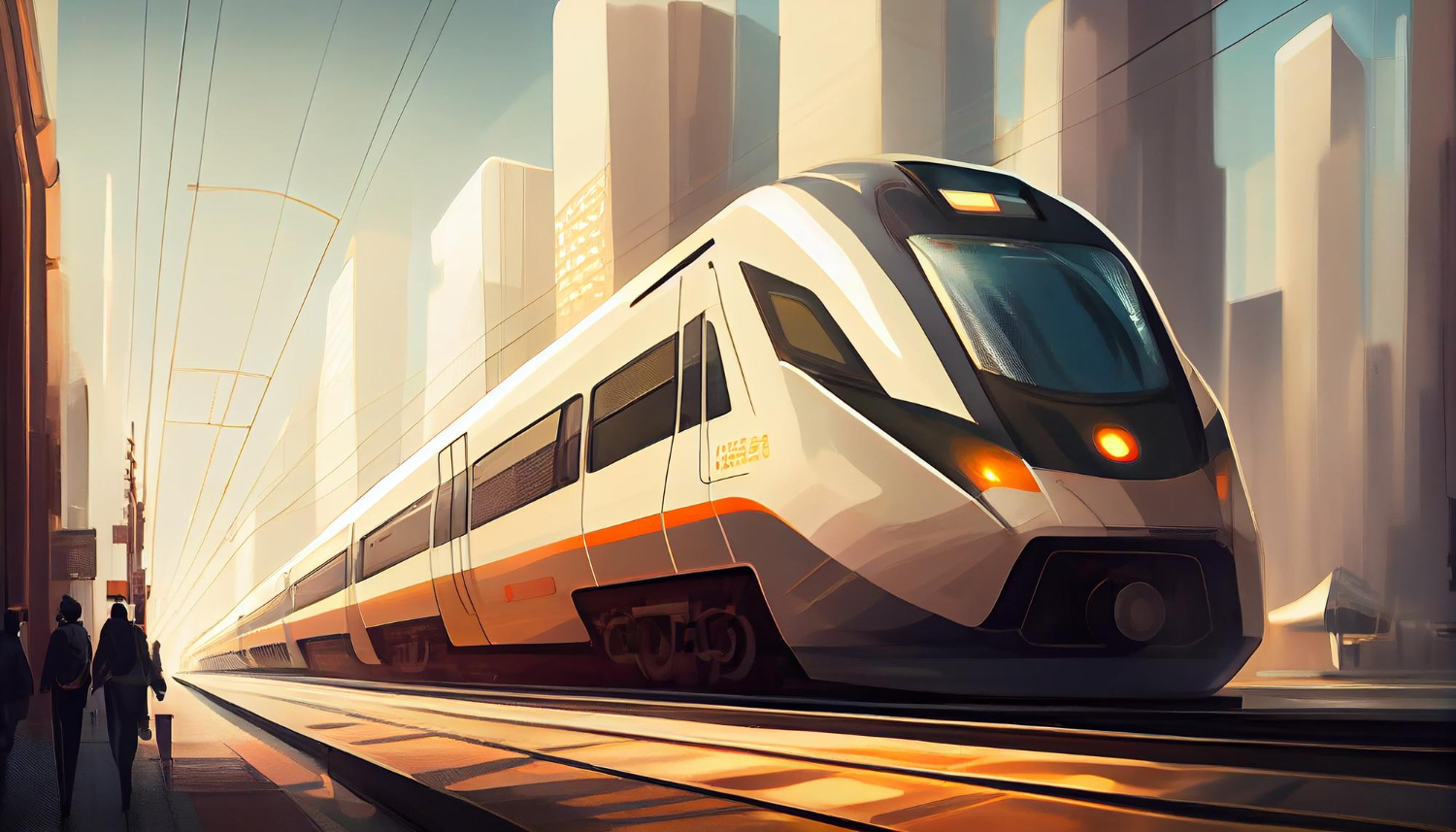
In this instalment of our series on major infrastructure projects in Malaysia, HEIGHTS will delve into the significance of the ART Sarawak Project and its potential to reshape the way people move within the region.
The ART Sarawak Project signifies a groundbreaking shift in urban mobility. With an emphasis on automation and cutting-edge technology, this project is set to transform the way Sarawak’s residents navigate their surroundings. Combining the best of rail and bus systems, ART presents an innovative solution that offers the benefits of both modes while minimising their limitations.
Phase 1 of the ART introduces two lines encompassing 27 stations, spanning a distance of around 52km.
What sets ART apart is its autonomous nature. The system operates without a traditional rail track, guided by sensors and advanced algorithms. This unique approach offers flexibility in route planning, allowing the transit system to adapt to changing urban landscapes and future expansion.
The ART vehicles are designed to accommodate up to 300 passengers each, achieving speeds of up to 70 km/hour.
Passengers can enjoy the convenience of a rail system without the constraints of fixed infrastructure.
Beyond its technological marvel, the ART Sarawak Project holds the potential to alleviate congestion, reduce carbon emissions, and enhance the overall quality of life for residents. The system’s efficiency and high capacity make it a compelling alternative to private vehicles, thus contributing to a more sustainable urban environment.
Moreover, the ART Sarawak Project serves as a prime example of collaboration between urban planning and construction. The system’s implementation requires precise engineering and construction expertise, ensuring that the infrastructure can support the innovative transit system seamlessly.
This project is not merely a transit system; it’s a glimpse into the future of urban mobility. With its cutting-edge technology, flexibility, and potential to transform transportation dynamics, ART is poised to be a game-changer for Sarawak’s residents and its construction industry alike. It’s a testament to how innovation can revolutionise not only how we travel but also how we approach urban development.
In the upcoming segment of this series, we will delve into the importance of the RM10 billion Johor-Singapore RTS Project and its transformative potential in redefining cross-border travel dynamics.
Article 1: Enhancing Connectivity: The East Coast Rail Link
Article 2: Green Urban Spaces: The Penang South Islands Project
Article 3: The Carey Island Port: A Maritime Marvel for Malaysia’s Prosperity
Article 4: Revolutionising Connectivity: The Pan Borneo Highway
Article 6: Johor-Singapore RTS Project Redefines Regional Connectivity







